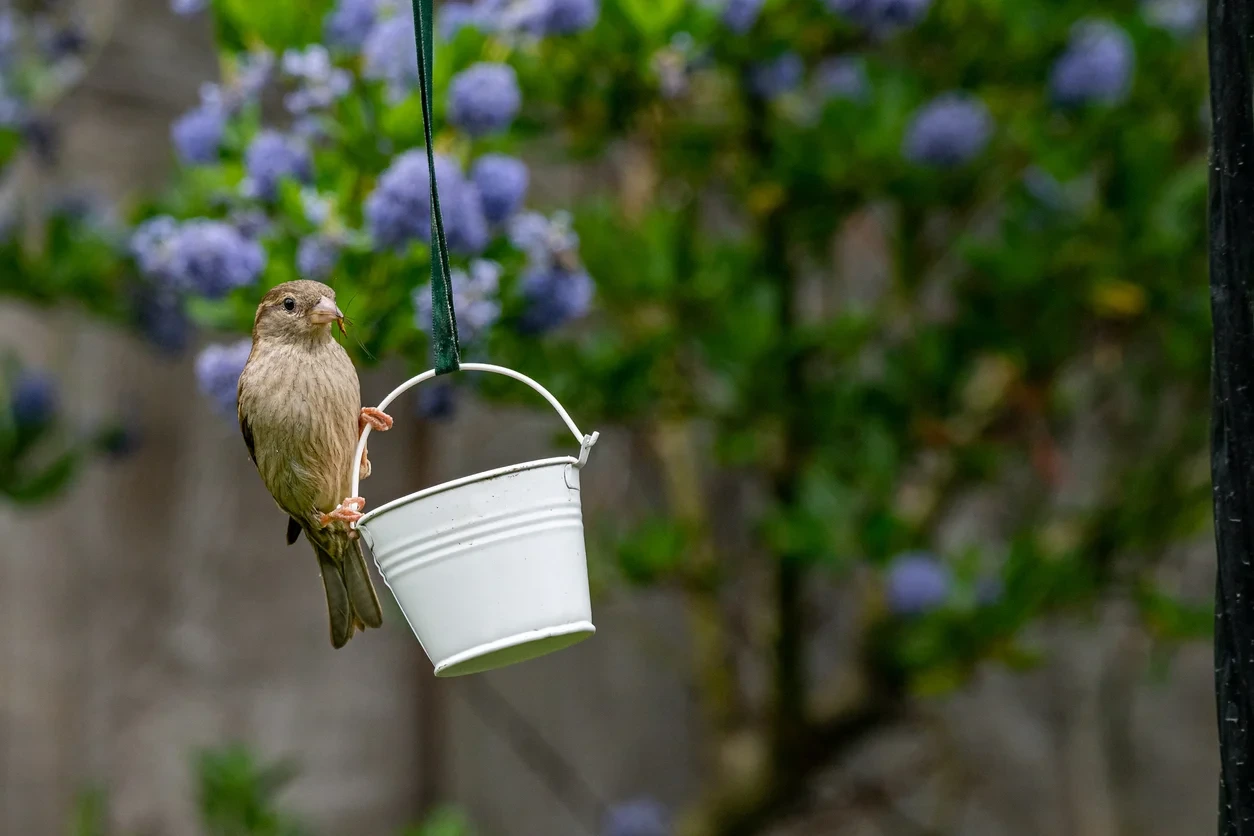
Posted March 2nd 2021
Helping Birds Survive Human-Centric Environments
Most of us don’t have to look very hard to find a bird: Whether they’re singing in our yard, fluttering around at the park or soaring above skyscrapers, birds are a fun and beautiful part of the backdrop of our lives.
However, even though our feathered friends are part of our environment, many of our human-made advancements, such a lights, glass and tall buildings, continue to interfere with bird populations all across the world. And, as spring migration creeps closer, local and migrating birds will have to face many obstacles as they make their way home. In fact, it’s truly remarkable that birds have managed to survive amongst all of these threats!
Despite their ability to seemingly adapt to some shifts in their environment, birds still need your help to improve their chances of survival. So, we want to share some ways that you can help to build, and maintain, bird-friendly environments wherever you go.
What Effect Does a Human-Centric Environment Have on Birds?
Although birds seem perfectly content to build their nests under patio awnings and feast on birdseed, one study found that “urban landscape[s] and soundscape[s] shape the survival and health of birds in and near cities.” Authors Phillips et al. suggest that, while many bird species appear to thrive in busy cities, birds that live in areas with higher noise levels are typically not as healthy as birds in more rural locations.
The relationship between declining bird health and prolonged exposure to man-made stressors, such as light, buildings and sound, “may lead to long-term evolutionary consequences for populations adapting to city life.” Such consequences may include an increase in the number of birds hitting windows, food scarcity and lower breeding rates. Seasonal changes caused by global warming may also put birds at risk of a “mismatch” which, according to Nature Canada, “occurs when birds cannot shift their behaviour, such as breeding times, enough to coincide with changes in environment, such as when prey is available.” This means that birds that arrive to their nesting grounds too early may fail to find adequate food or shelter, which poses new and unexpected challenges.
A 2018 article published by the Conversation reported that birds that lived in crowded and noisy cities tend to display more aggressive behaviour than their rural counterparts, which reflects their desire to protect their shrinking territories. In addition to high noise levels, birds living in, or passing through, urban environments will face other stressors, such as artificial lights, domestic predators, diseases, pesticides and glass windows on a daily basis. Nature Canada also reported that global warming has drastically altered seasonal bird behaviours, since shifts in insect population and temperature have caused birds to not only fly home earlier than usual, but also delay their winter migration.
Start Supporting Local Bird Species
Approximately 1 billion birds in North America will die from window collisions each year. And, unfortunately, bustling city centers, artificial lights and glass buildings will continue to develop along the main Flyways, increasing the risk of collision and death for migratory birds. Andrés Jiménez Monge, a program coordinator for Birds Canada, points out that, because birds rely on these migratory routes, citizens and government bodies must strive to be “stewards of these flyways” to improve bird safety.
So, what exactly can residents do to support birds on their journey home? Here are a few simple ways that you can get started:
- Use bird deterrent window markers! Feather Friendly® window markers come in both residential and commercial options to help reduce bird strikes.
- Plant native plants. Because deforestation and residential and commercial development has impacted biodiversity, many birds are unable to maintain adequate food and shelter. Choosing to incorporate native plants into your landscaping can help support a variety of bird species year-round.
- Turn out your lights. Migrating birds are attracted to artificial lights in crowded city centers. Commercial buildings and residential homes should practice turning out their lights during dusk and dawn to help prevent bird collisions.
- Spread the word! Joining local bird advocacy groups in your area, like Audubon or FLAP Canada, is a great way to get involved and help petition for conservation awareness. Whether you’re volunteering, looking for resources or would like to report a bird collision, there are many amazing organizations that you can connect with. Check out our Partnerships page to get started!
A Bird-Friendly Solution
Feather Friendly® is on a mission to make homes and buildings safe for birds. And we believe that making the world a safer place for birds starts with making resources and solutions accessible to all! That’s why our bird-deterrent window markers come in a DIY format that’s easy to install and long-lasting. Transform your ordinary windows into bird safe windows today by visiting our online store!
Partners
We are honoured to form partnerships with organizations who demonstrate
an ongoing commitment to bird conservation.



